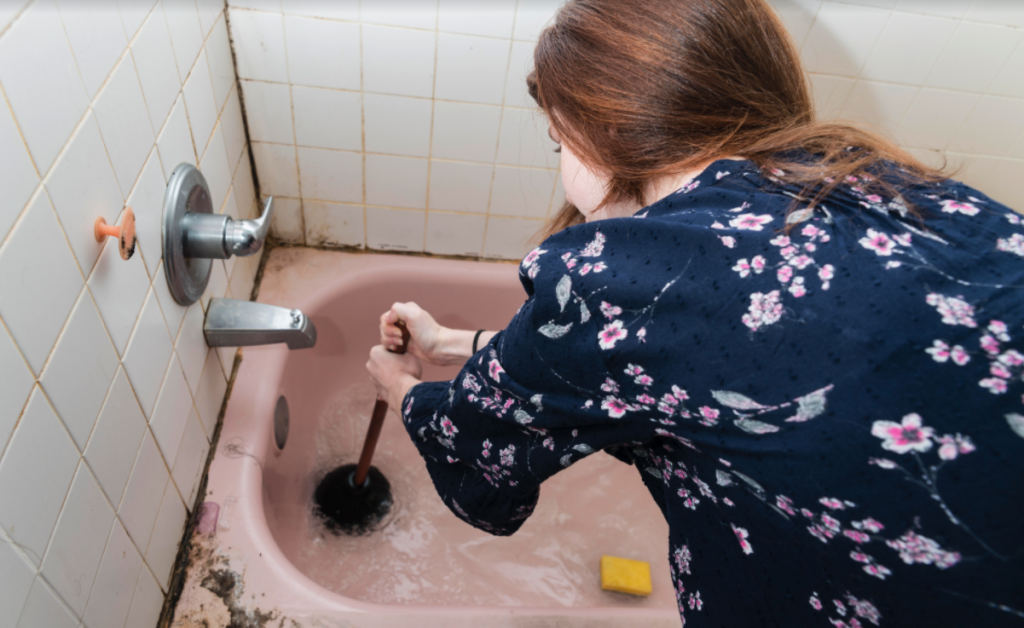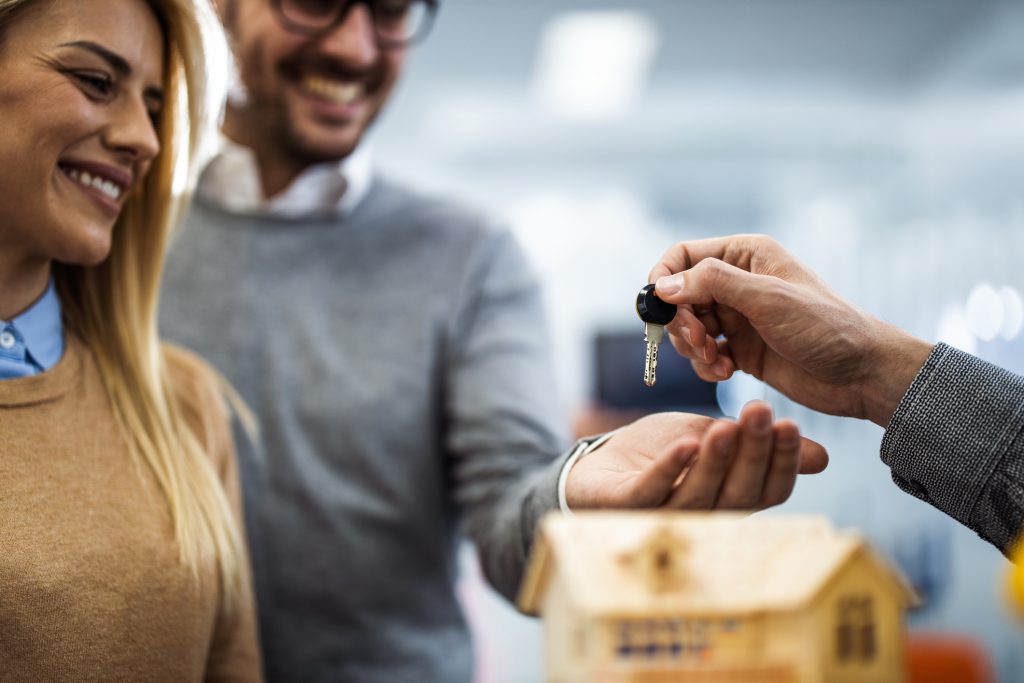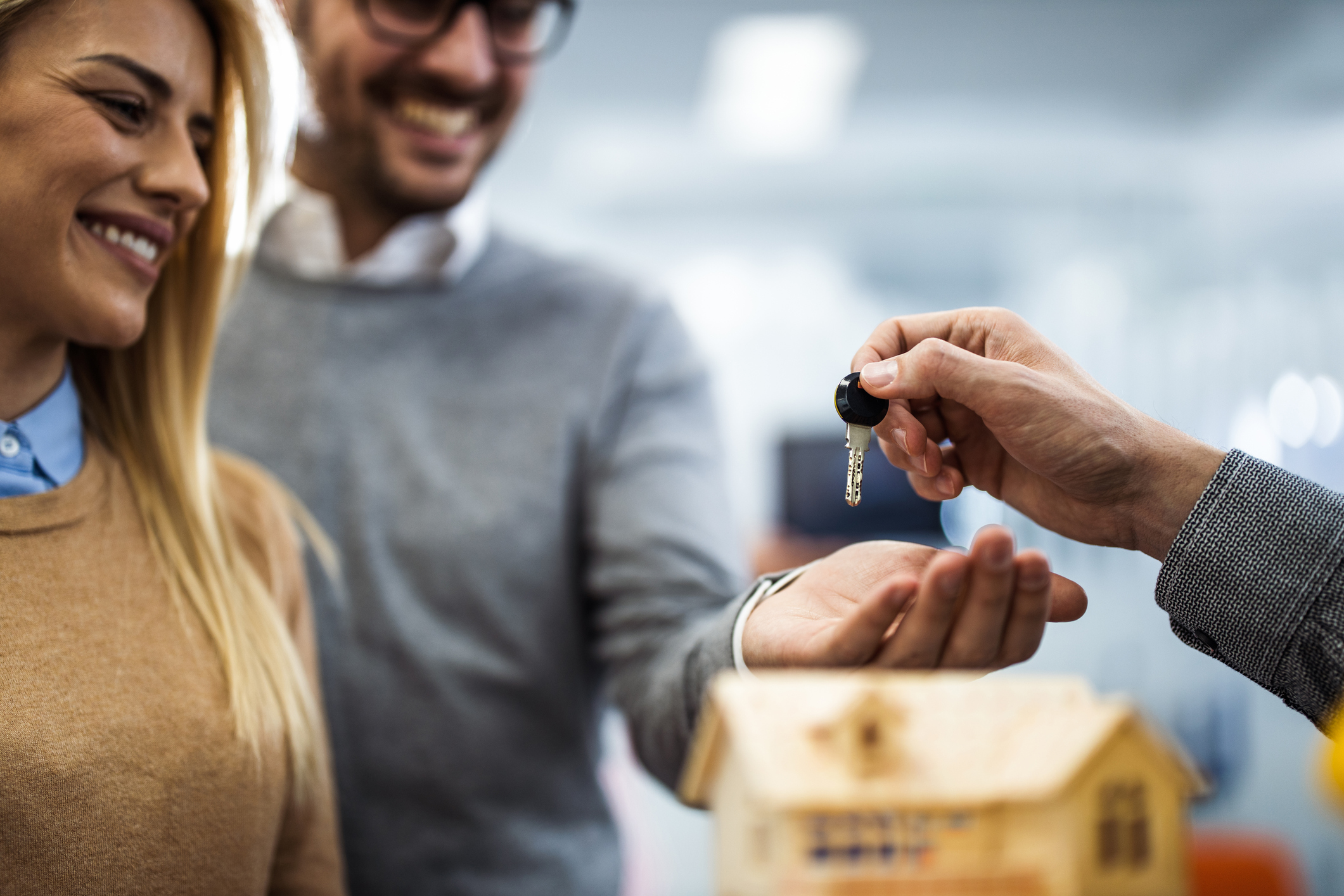Whether you are a renter or a homeowner, there are some handyman tips everyone should know how to do to fix their living space. Not only is it more convenient and cost-effective to be able to troubleshoot and do minor repairs, but it will also build your confidence as a homeowner. Learn more from professional HVAC technicians, plumbing experts, and experienced residential contractors.
It's wise to start small with unclogging your own toilet, and as you get a few successful DIY jobs under your belt, try slightly more challenging tasks like fixing a leaky faucet.
With that being said, it is important to safely test your limits and accept when you have reached them. Some jobs should be left to professionals because they have the proper knowledge, experience, tools, and equipment to fix the problem quickly and efficiently.
Fix a Leaky Faucet
Turn off the main water line to the faucet you are fixing. Remove the handles. Loosen the packing nut, so you can remove it, the O-ring, and the washer to check for damage. Replace any and all parts before reassembling and turning the water back on to check your handiwork.
Unclog a Drain
Do not use harsh chemical drain cleaners. Instead, opt for a home remedy of vinegar, hot water, and baking soda to clear things like grease. Or fill the sink about halfway with water and use a plunger or an auger to clear the clog (yes, they are both useful for more than just toilets). If none of these work, you have done your best and the problem is further than you can reach with the tools at hand. It's time to call in a plumber.
Fix Your Garbage Disposal
Try the plumbing version of Ctrl+Alt+Delete, and press the reset button on the garbage disposal. With the power off, try manually turning the blades to see if they do the trick to get it grinding again.
Inspect and Pump Your Septic Tank
The EPA recommends routinely inspecting and pumping your septic tank to avoid backups and malfunctions.
Plumbing Tips To Save Your Drains and Toilets

The appliances and pipes that operate in your kitchen, bathroom, and laundry room make up the basics of your plumbing system. That includes drains, bathtubs, sinks, showers, and toilets. Add a dishwasher or water line for an ice machine and you've got yourself a popular plumbing expansion.
Here's a closer look at the most common plumbing issues and remedies.
Unclogging Your Toilet
There are more ways to unclog a toilet than using a plunger — although, it is an effective method. Try these extra steps:
- Brush It — Use a toilet brush and push the bristles in and out of the drain to clear the clog.
- Snake It — Invest in a toilet auger, which rotates its way through the drain and the clog, breaking it up and clearing the blockage.
- Melt It — Pour hot water and soap into the toilet bowl to help warm up and ease the clog through the drain to clear it.
- Force It — Use a plastic squeeze bottle filled with warm water to apply pressure at the mouth of the drain. Squirt the water to force the clog to break up and begin draining properly.
Clean a Slow-Draining Toilet
Sometimes the rinse holes just under the rim of the toilet can get blocked up. Try using a hand mirror to see these holes under the toilet rim, then use a coat hanger to clear any buildup blocking them.
Stop a Running Toilet
If your toilet sounds like it is always refilling its water supply, the cause is likely the flapper valve. Check to see if the chain connecting the flapper and the flapper guides at the base of the tank needs tightened to flush properly or if it is disconnected. Tighten or reconnect it, if you can, or replace the chain as needed.
HVAC Tips and Tricks

Help your heating and cooling system help you with these essentials for new homeowners and when stepping into some DIY home maintenance:
Replace Your Furnace Filter
Have a garbage bag ready to put the old filter in to avoid spreading dust all the way to the trash. Remove the vent cover and check to see if there are arrows indicating the direction the filter should face. Take the old filter out, replace it with the new one, and put the cover back in place.
Weatherize Your Windows
Apply weather strips to your windows (and doors) that tend to be a bit drafty to increase energy efficiency.
New Homeowner Tips To Up Your DIY Game

Some of the most popular and accessible Do It Yourself projects for new homeowners will undoubtedly become ongoing tasks the longer you remain in your property.
Clean the Gutters
You may remember your parents doing this, take their lead and save yourself a headache later. Clear all the dirt, leaves, Frisbees, and other debris that gathers in your gutters with a trowel. Then use a high-pressure hose to remove the sticky stuff, and flush everything to make sure nothing gets clogged on the way down.
Painting 101: Prep Yourself, Your Room and Your Walls
Here's what you need to put in place before you begin your next painting project:
- You — Lotion your face and arms so the inevitable splashes rinse off easily in your post-paint shower.
- Your Room — Tape off any trim, electrical outlets, or create a design on the areas you don't want to be painted. It is also a good practice to cover furniture and lay out drip cloths wherever you don't want paint to splash and potentially ruin your other belongings.
- Your Walls — Spackle any nicks or holes and sand, vacuum, and wipe the walls down for the optimum paint adhesion. Consider priming the walls if they are new or you are covering a darker color.
Paint and Touch-Up
Do the trim with a handheld brush. Use a roller, moving in a V shape to apply evenly on the expanse of the wall. If you nick the wall later, you can use a washcloth to paint the damage for the same texture effect as a roller — without the mess or the need to repaint the whole wall again.
Taking Measurements Without a Ruler or Measuring Tape
In order to get an easy, small measurement without a ruler or measuring tape, take a dollar bill from your wallet and hold it against the item you need to size. The bill is just over 6-inches long (6.14 inches to be exact), so two bills end-to-end are roughly a foot long.
Remove Wallpaper and Other Sticky Nuisances
Use a hair dryer to warm and soften the glue or adhesive, then start to peel the wallpaper, stickers, etc. from the surface you are cleaning.
Above all, remember to put safety first, and when in doubt or the need calls for it, bring in the pros to get the job done right.
Professional Consultants
Hoffmann Brothers
45 Willow St
Nashville, TN 37210
615-515-3015

